Barbuda Warbler
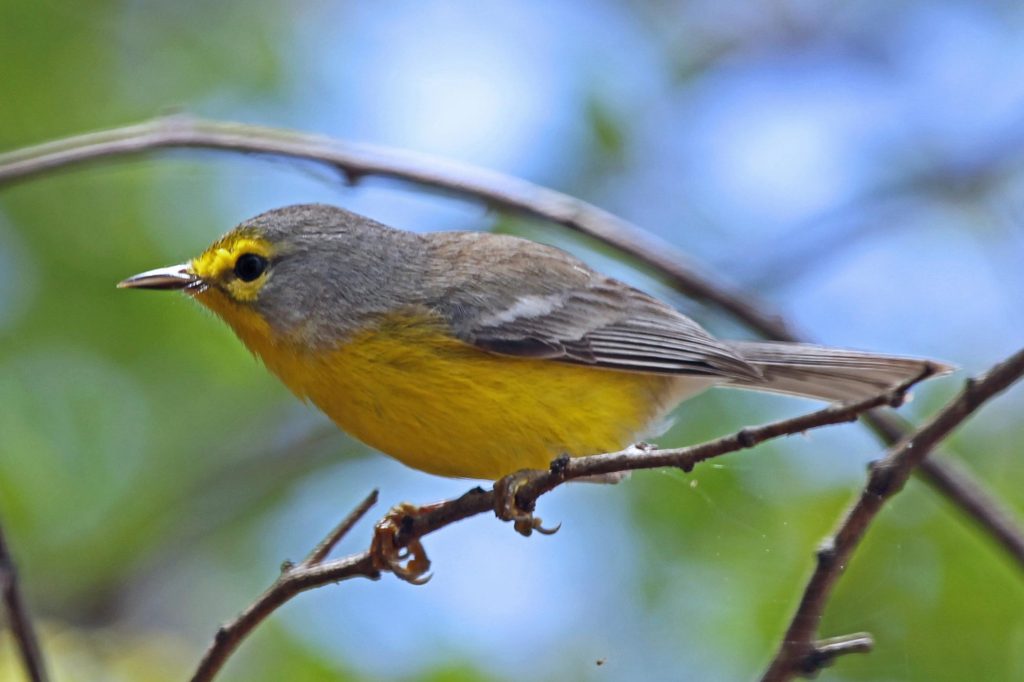
The Barbuda Warbler (Setophaga subita) is a species of bird in the family Parulidae. It is endemic to the island of Barbuda in Antigua and Barbuda. Its natural habitat is tropical dry shrubland near wetland areas. It is threatened by habitat loss. It once was considered a subspecies of Adelaide’s warbler. In September 2017, the warbler’s habitat was massively damaged by Hurricane Irma. Despite this, the species was found to have survived the storm and its aftermath, though the true state of the population remains to be seen.
The Barbuda warbler is 12–13.5 cm long and weighs 5-8 grams. It is yellow below with gray upperparts and a gray eyering.
Barbuda Anole
Antiguan Anole
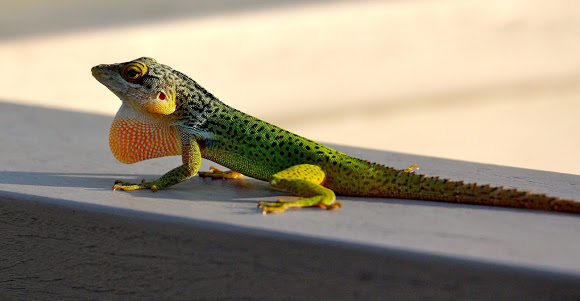
Redonda Anole
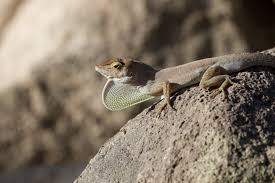
Barbuda Bank Bush Anole
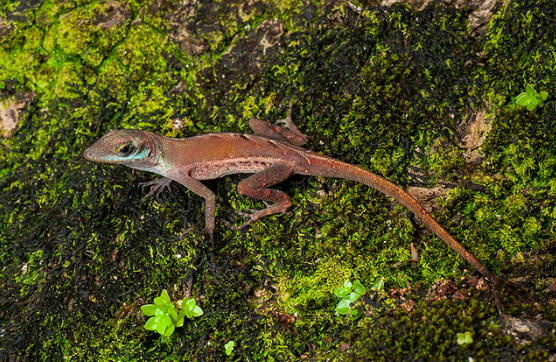
Redonda Skink
The Redonda skink (Copeoglossum redondae) was a species of skink found on Redonda in Antigua and Barbuda. It is now considered extinct.
Antiguan Dwarf Gecko
The Antigua least gecko (Sphaerodactylus elegantulus) is a gecko endemic to the island nation of Antigua and Barbuda in the Caribbean Lesser Antilles, where it is found on both main islands.
Redonda Ameiva
The Redonda ameiva (Pholidoscelis atratus) is a species of lizard found only on Redonda. It is sometimes described as a subspecies of the Montserrat ameiva.
Antiguan Ground Lizard
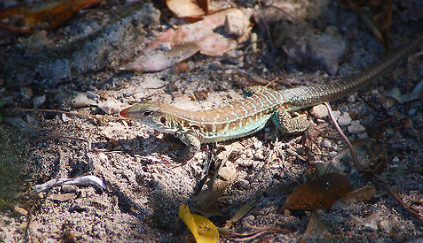
Griswold’s Ameiva is a species of lizard in the genus ”Ameiva”. It is endemic to the Caribbean nation of Antigua and Barbuda, where it is found on both islands. It is also known as the Antiguan Ameiva or the Antiguan Ground Lizard.
It is common on Barbuda, and more common on the offshore islands of Antigua than on that main island. Populations on Barbuda are dark brown with irregular, cream-colored splotches. Its flanks are pale blue-green and tan, with black spots and markings. Its ventral surface is gray with black on its chest.
Antiguan Racer
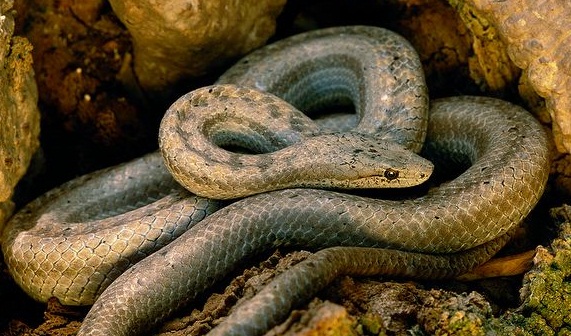
The Antiguan racer (Alsophis antiguae) is a harmless rear-fanged (opisthoglyphous) grey-brown snake that was until recently found only on Great Bird Island off the coast of Antigua, in the eastern Caribbean. It is among the rarest snakes in the world. However, in the last 20 years, conservation efforts have boosted numbers from an estimated 50 to over 1,100 individuals by eradicating non-native predators and reintroducing the snake to other Antiguan islands in its original range. In addition to Great Bird Island, the Antiguan racer has successfully recolonised the nearby Rabbit Island, Green Island, and York Island.
Great Bird Island Racer
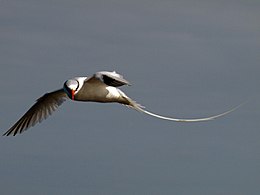
Great Bird Island is a tiny islet lying almost three kilometres north-east of Antigua. Measuring just 20 acres (81,000 m2), it is smaller than most city parks. It is a private island but open to the public.
The island is the only place on Earth where you can see an Antiguan racer (Alsophis antiguae) in the wild. The entire world population of this snake no longer lives on just one island. Named by sailors who were amazed at the number of birds that they found living and nesting there, Great Bird Island is a miniature paradise. As well as being the last refuge of the Antiguan racer, it is also home to a variety of other endangered creatures including the near-threatened lizard Pholidoscelis griswoldi, brown pelicans (Pelecanus occidentalis), West Indian whistling ducks and red-billed tropicbirds (Phaethon aethereus). Hundreds of black rats lived there until recently.